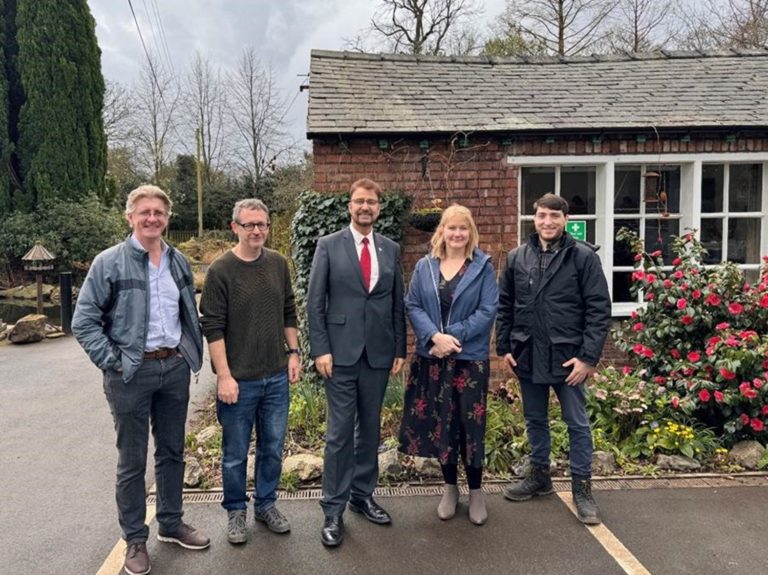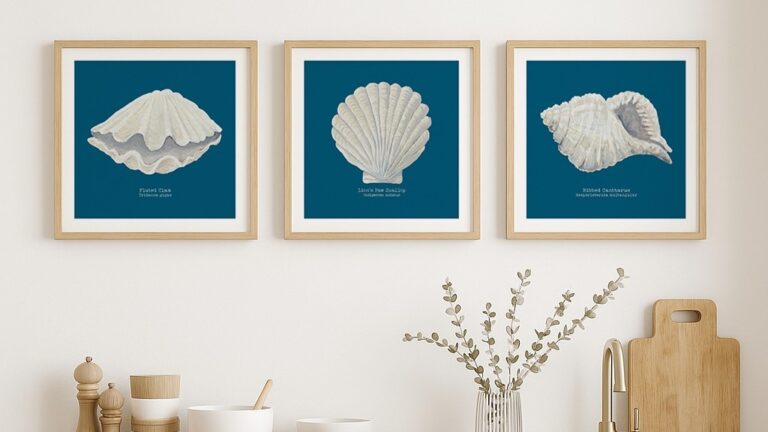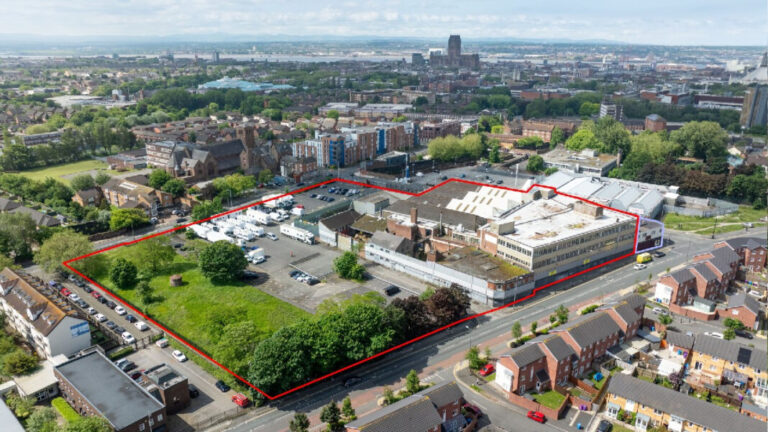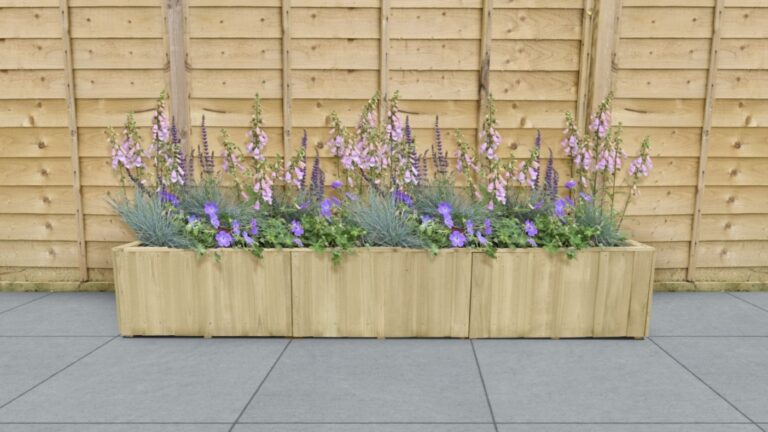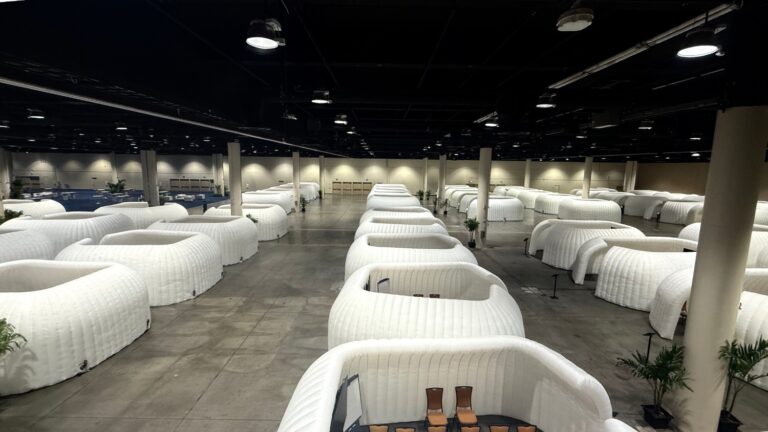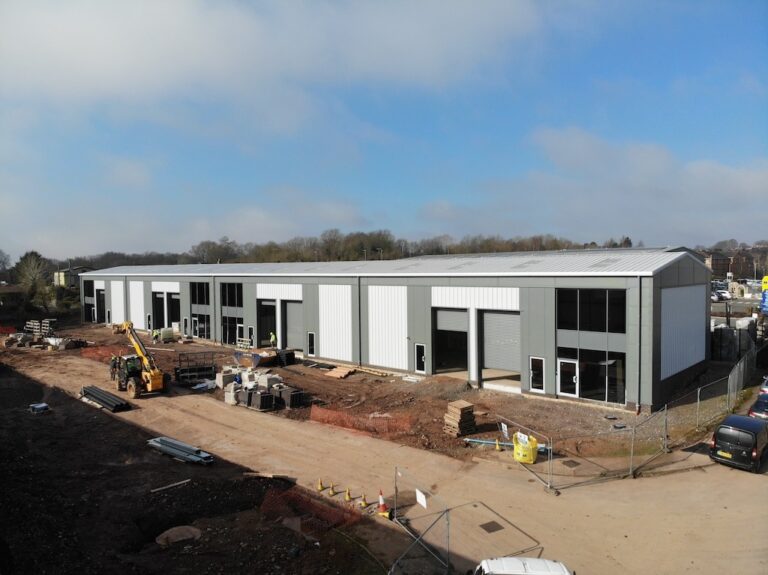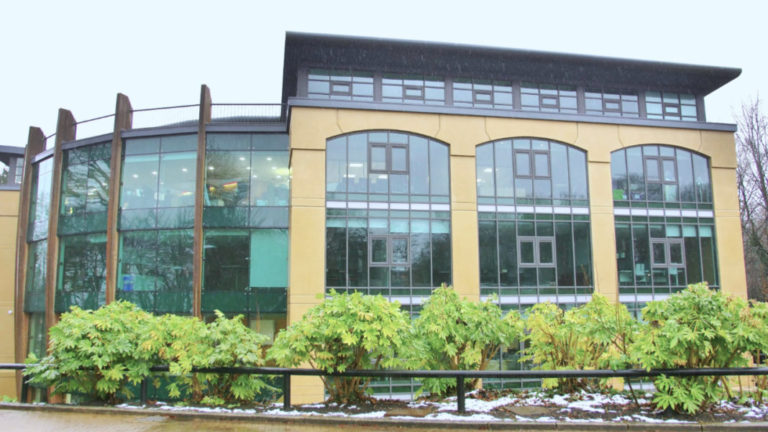Green and Grounded: How Sustainable, Local Design Is Changing Restaurant Interiors
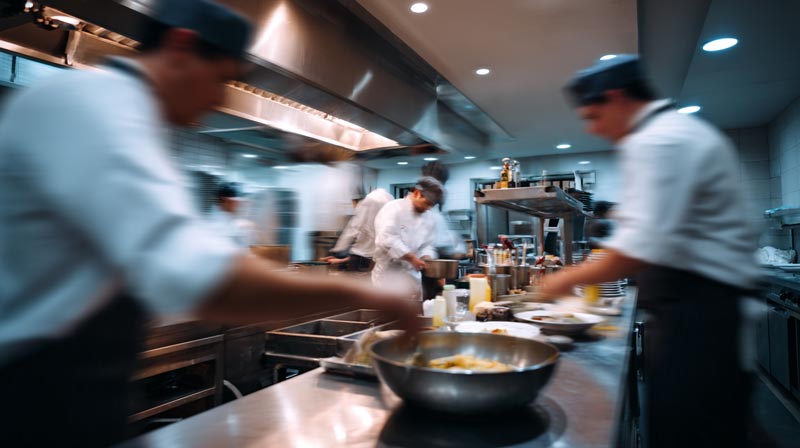
Walk into any new restaurant in 2025, and you might notice something different. Perhaps it’s the lush living wall of herbs by the entrance, the reclaimed wood tables that each have a story, or the vintage pendant lights saved from an old pub. Across the UK, restaurant interiors are undergoing a quiet revolution. They’re becoming greener, warmer, and more rooted in local culture, and diners are taking note. As a Yorkshire-based design studio working on projects nationwide, our team at Orka Interiör has a front-row seat to these changes. We’ve seen how thoughtful design can transform a meal out into a memorable experience, one that reflects not just what’s on the plate, but the values and stories behind the place itself. We know from experience that when a space is carefully planned and user-friendly, people notice, they feel comfortable, stay longer and keep coming back. Today’s leading restaurants aren’t just following a trend; they’re embracing a new philosophy of interior design that balances sustainability, community, and style.
Sustainability Takes Centre Stage in Design
Not long ago, “sustainable design” in restaurants might have meant a token bamboo floor or low-VOC paint. Now it’s much more. In 2025, eco-conscious design is more than a trend; it’s an expectation. Owners and designers alike are weaving sustainability into the very fabric of restaurants. Tabletops are crafted from reclaimed oak barrels or recycled plastics. Banquettes are upholstered in vegan leather or natural fabrics. You’ll find energy-efficient lighting and water-saving fixtures everywhere, from the bathrooms to the bar. These choices aren’t just about virtue-signalling; they resonate with diners who increasingly prioritise sustainability and reward businesses that walk the talk. In other words, green design is good for the planet and good for business.
One shining example is Silo in London, famed as the world’s first zero-waste restaurant. Its interior, designed by Nina+Co, was created with a “zero-waste mentality” at its core. Nearly every element inside was once something else. The countertops are made from recycled packaging, the wall tiles from crushed wine bottles, and even the stools in the lounge were literally grown from mycelium (mushroom) material. Nina Woodcroft of Nina+Co, once described how Silo’s interior was composed of waste or thoughtfully sourced, natural materials that were meant to biodegrade or be easily repurposed. The result is a space that feels organic, authentic and forward-thinking, proving that sustainability and style can happily coexist. Diners at Silo don’t just enjoy the food; they’re immersed in the restaurant’s ethos of circular design, subtly learning that luxury can be low-impact.
This drive for sustainability goes hand-in-hand with quality and durability. We see restaurants opting for timeless materials and craftsmanship that age gracefully. Quality reclaimed wood, for instance, carries a patina of history and can withstand heavy use – it’s both eco-friendly and practical. Likewise, many venues are using local stone or brick, not only to reduce transport emissions but to tie their look to the region. The sustainable choice often becomes the character-defining choice. And it extends beyond materials: from installing efficient HVAC and smart lighting systems to instituting waste separation stations back-of-house, design now considers the full lifecycle of the space. For today’s restaurateurs, a beautifully designed dining room that’s also reducing waste and energy is a point of pride – and something customers increasingly expect to find.
Bringing Nature Indoors
After years of sterile minimalist chic, restaurants are rediscovering the power of nature. Indoor greenery and natural elements are everywhere. Hanging plants cascade over seating areas; succulents line window sills; even full-sized trees sprout in some dining rooms. This “bringing the outdoors in” approach transforms urban eateries into calming oases, softening the hard edges of city life. Nature-inspired interiors are flourishing, with plants, natural light, and organic materials turning dining spaces into calming retreats. The palette has shifted to earthy tones: mossy greens, warm terracottas, stone greys. Textures are raw and organic – think rattan chairs, cork menus, terracotta planters, linen fabrics. The effect is subtle but powerful: diners immediately feel more relaxed and grounded.
Lighting, too, plays a role here. Designers are favouring softer, more natural-feeling light. Skylights or large windows uncover daylight that changes the mood from afternoon to evening. Candlelight and fixtures made of wood or paper add a warm glow at night. All of this creates an atmosphere that feels alive. It’s not just about aesthetics – these choices have tangible benefits. Living green walls and clusters of plants help improve air quality and acoustics. Natural materials often age well and avoid the “wear and tear” look that synthetic surfaces can get. And psychologically, diners surrounded by greenery often experience a greater sense of well-being and ease. In a fast-paced world, a restaurant that offers a dose of nature – even indirectly through botanical artwork or nature-inspired patterns- provides a mini-escape that keeps people coming back for that restorative feeling.
Local Flavour Beyond the Menu
Farm-to-table cooking has been a buzzword for years; now farm-to-table design is having its moment. Restaurants are increasingly reflecting their local communities through design, essentially giving their spaces a sense of place that you can’t copy-paste. This can take many forms. Some establishments work with local artists to commission murals or paintings that celebrate regional history, landscapes or culture. Others incorporate antiques, crafts or furniture sourced from nearby markets and artisans. The result? A dining room that feels uniquely tied to its location and heritage, rather than a generic template. This celebration of local culture not only creates authentic surroundings, but it also strengthens community ties, turning first-time visitors into loyal regulars.
Consider a cosy gastropub in Yorkshire that we recently redesigned. Instead of slick, one-size-fits-all decor, we infused it with subtle nods to the town’s heritage – vintage photographs of the old mill that once stood nearby, banquette fabrics woven by a Yorkshire textile mill, and even reclaimed timber from a local chapel used in the bar. Diners walking in immediately sense a connection, even if they can’t put their finger on it. The space tells a story. When the design of a restaurant honours its surroundings, it resonates emotionally with patrons. Travellers get a taste of local flavour beyond what’s on their plate, and locals feel a sense of pride and familiarity. In an era where so many coffee shops and cafes around the world have started to look the same, this authenticity stands out.
Indeed, there has been some backlash in recent years against the cookie-cutter “Pinterest aesthetic”, that polished but impersonal look that could be anywhere and nowhere. The antidote that top designers are using is to go hyper-local. A seaside restaurant might use weathered driftwood and seascape art by local photographers. A city-centre bistro could highlight its neighbourhood’s past by incorporating an industrial vibe with materials salvaged from old factories. These touches aren’t expensive gimmicks; they’re thoughtful design decisions that give a venue soul. As a bonus, local sourcing of design elements is sustainable by nature (less shipping, supporting local trades). All of this feeds into an overall trend: restaurants don’t want to be just another trendy spot – they want to be your neighbourhood spot, even if you’ve travelled from far away to visit.
Flexible Spaces for a Dynamic Dining Scene
Another hallmark of changing restaurant design is flexibility. In the past, a restaurant’s layout was relatively static: the dining room was the dining room, the bar was the bar, full stop. Now, versatility is key. Restaurateurs have realised their space needs to wear many hats – and good design makes that possible. Flexibility is at the heart of modern design today, with modular furniture and layouts that can adapt to different occasions and crowds. A café by day might transform into a cocktail lounge by night; a brunch spot might clear some tables to host a community poetry reading or a private event after hours. Design elements like movable partitions, stackable or interlocking tables, and banquettes on castors allow owners to reconfigure their floor plans almost on the fly.
We saw the importance of this adaptability during recent years, when outdoor seating suddenly became precious and social distancing demanded creative layouts. Many restaurants invested in retractable walls, pergolas, or semi-permanent shelters for patios, effectively extending their interior design outdoors. Now, even as the world normalises, those outdoor spaces remain hugely popular – and they’re being made comfortable year-round with heaters, greenery, and weather-resistant decor. Inside, designers are ensuring that every corner of a restaurant can serve multiple purposes. A corner that’s a cosy two-top during a quiet afternoon can become part of a larger communal table setup for a big dinner booking. Bar areas are no longer isolated; they flow into dining areas, so the vibe is consistent and the space can flex depending on where the buzz is on a given night.
Smart planning underpins all of this. It starts with a deep understanding of how a restaurant operates at different times. For example, we often observe how lunchtime traffic flows versus dinner service; they can be like two different venues in one. Clever spatial design can accommodate both: creating zones that feel intimate when half-full, yet can open up to feel vibrant when packed. Lighting and sound play a supporting role here as well. Dimmable, zoned lighting can shift a space’s mood from bright and brisk during daytime to moody and intimate in the evening. Acoustic panels or strategic planting can control noise levels so a half-empty room doesn’t echo, while a full house doesn’t become unbearably loud. The end goal is a restaurant that breathes, expanding and contracting gracefully to suit the moment.
For restaurant owners, this flexibility is a game-changer. It means better utilisation of space (and thus potential for more revenue) without compromising guest experience. For diners, it means a space that always feels right – bustling but not cramped during peak times, and cosy not cavernous during quieter hours. It’s a subtle design success when you don’t notice how easily a room transforms. All you notice is that you feel comfortable whether you’re grabbing a quick coffee or settling in for a long dinner.
Beyond Trends: Authenticity and Longevity
With all this talk of trends, it’s worth noting that the savviest restaurants aren’t slavishly following fads – they’re adapting to deeper shifts in what guests value. There’s a saying in design that form follows function; in hospitality design, form follows feeling. Yes, 2025’s restaurants are greener, more local, and more flexible than before, but these changes all aim to serve a timeless goal: making diners feel at home and inspired in the space. In fact, blindly chasing every “hot” design trend can backfire. There’s a growing recognition that following the algorithm-approved aesthetic of the moment can lead to a bland sameness, whereas staying true to a restaurant’s own character yields a more enduring appeal. In other words, authenticity outlasts any single trend.
We’ve all seen eateries that jumped on a design bandwagon (whether it was Edison bulb fixtures, all-neon signs, or monochrome minimalism) only to feel outdated a couple of years later. The new wave of interior design we’re describing is actually an anti-trend in that sense; it’s about individuality, sustainability, and meaningful connections. These are values that don’t go out of style. A thoughtfully upcycled chair from a local flea market will still have charm in five or ten years; a wall covered in living plants will still invite a smile and a selfie for the next generation of social media; a dining room that tells the story of its town will only grow more beloved as years pass.
At Orka Interiör, we believe the best restaurant interiors are those that strike this balance: they feel fresh and contemporary but also organic and “of their place.” If a design choice doesn’t enhance the customer’s experience or tell part of the restaurant’s story, we question whether it’s necessary. Happily, the prevailing trends in 2025 make that job easier, not harder, because they are all about enhancing comfort, fostering connections, and doing more with less impact. As one industry commentator put it, pursuing pure “Instagrammability” is a trap, and the wiser approach is to stick to an authentic identity and build a community around it. In the long run, restaurants that do this earn not just likes, but loyalty.
The interior design of a restaurant has become as integral to its identity as the food on the menu. In the UK and beyond, the most exciting new openings and makeovers are showcasing sustainability, local character, and human-centred design in ways we’ve never seen before. It’s an inspiring time to be in the field – and to be a diner, too. Next time you settle into a chic restaurant booth surrounded by potted ferns, beneath upcycled stained-glass lamps sourced from a local chapel, take a moment to appreciate the experience crafted around you. The trends may change and evolve, but the heart of it is timeless: creating a beautiful space that makes people feel good. That’s the kind of design that truly feeds the soul, and keeps us all coming back for seconds.
About Orka Interiör
Orka Interiör is a Yorkshire-based interior design studio specialising in hospitality and lifestyle spaces across the UK. Known for its understated approach and focus on purposeful, user-centred design, the studio works closely with clients to shape interiors that feel intuitive, grounded and enduring. From independent cafés to destination dining, Orka’s work balances atmosphere with function, always putting the experience first.
